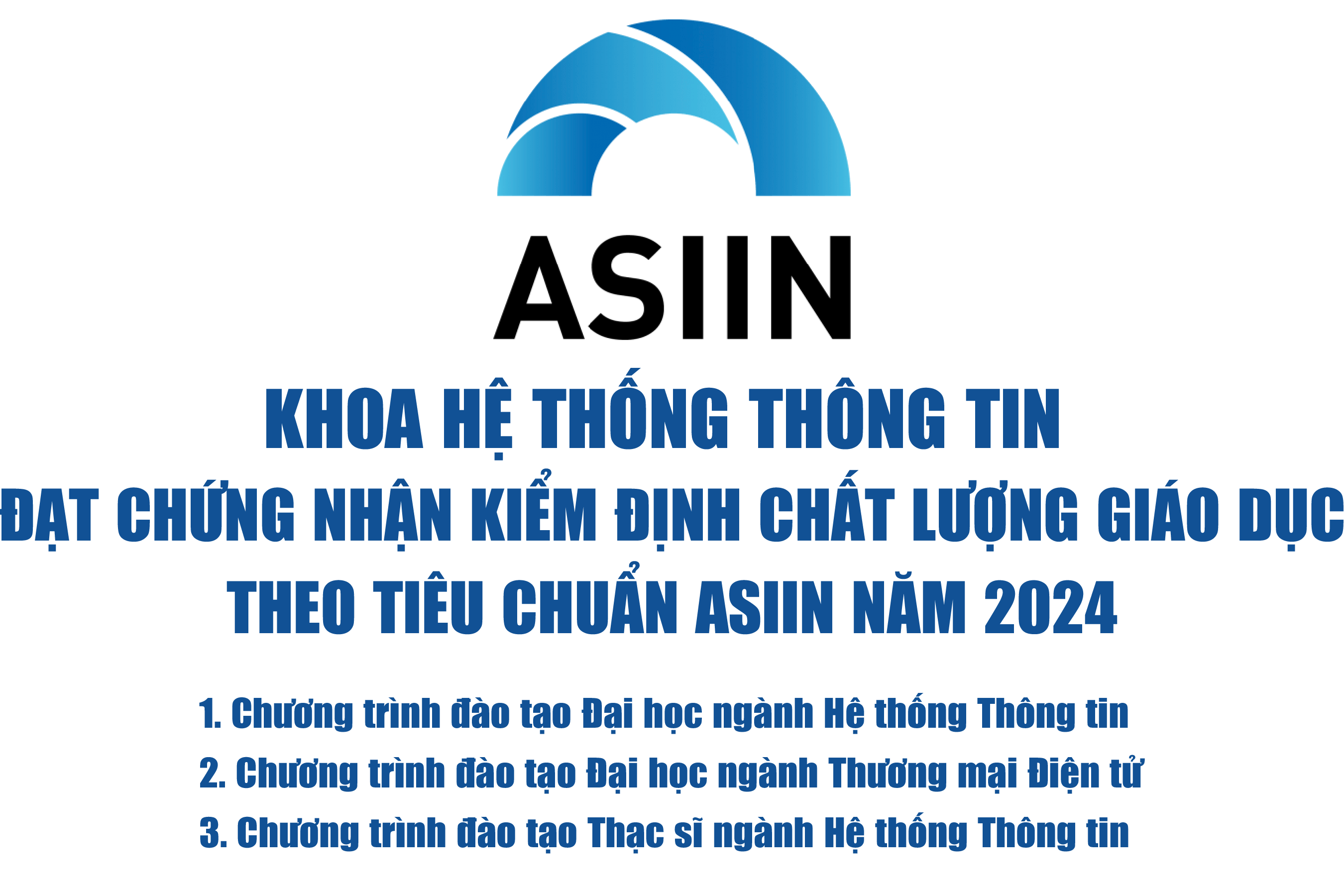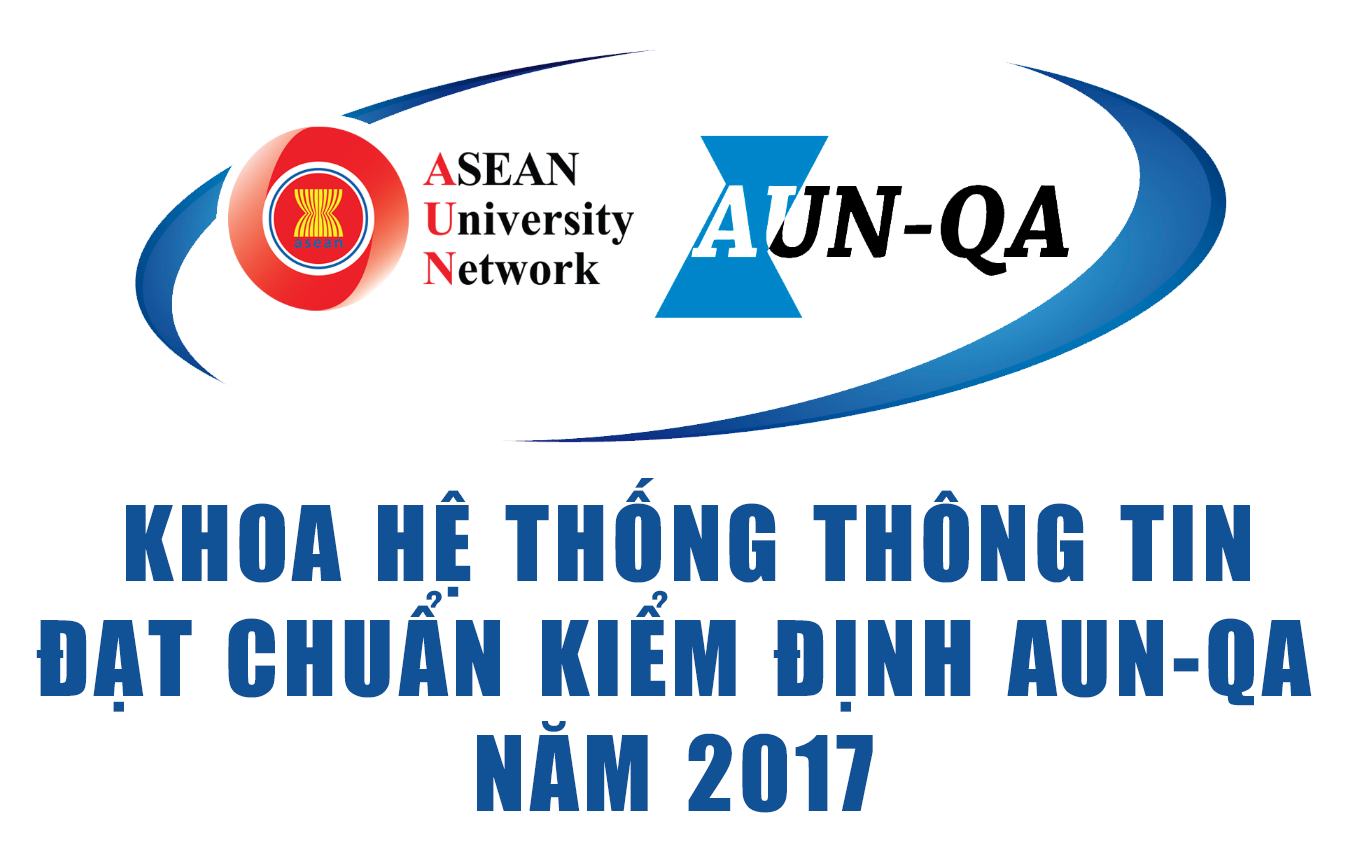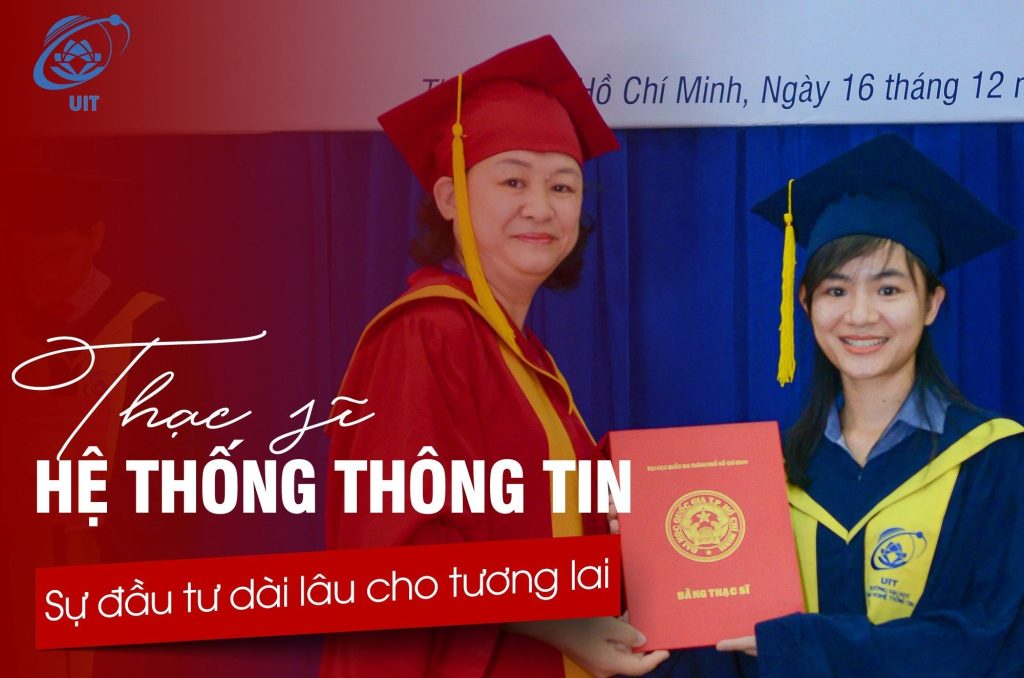Chúc mừng sinh viên lớp CTTT2022 có bài báo tại Hội nghị Khoa học Quốc tế ATC năm 2024
Hội nghị quốc tế về Công nghệ tiên tiến cho Truyền thông (International Conference on Advanced Technologies for Communications – ATC) là một loạt hội nghị thường niên được tổ chức chung bởi Hiệp hội Vô tuyến & Điện tử Việt Nam (REV) và Hiệp hội Truyền thông IEEE (IEEE ComSoc) từ năm 2008. Mục tiêu của loạt hội nghị này là hai chiều: thúc đẩy diễn đàn quốc tế để trao đổi khoa học và công nghệ giữa các nhà khoa học và kỹ sư Việt Nam và trên toàn thế giới trong lĩnh vực điện tử, truyền thông và các lĩnh vực liên quan; và thu thập những đóng góp nghiên cứu chất lượng cao của họ. Hội nghị được tổ chức trong bài 3 ngày từ 17/10 – 19/10/2024 tại khách sạn Eastin Grand Hotel Saigon, thành phố Hồ Chí Minh.
Link hội nghị: https://atc-conf.org/
Tên bài báo: “Decision tree-based ensemble method for bitter taste prediction”
Sinh viên thực hiện: 22520038, Bùi Huỳnh Quốc Anh, CTTT2022.
Giảng viên hướng dẫn: TS. Nguyễn Thanh Bình
Abstract:
In the field of chemistry, the problem of determining the bitter taste of a certain compound is considered a difficult task which dramatically affects the development in the fields of drug discovery and beverage science. Confidently, with the innovation in artificial intelligence (AI) numerous research endeavours have surfaced, aiming to tackle this intricate problem by using machine learning-based approaches to detect whether a molecule exhibits bitterness or not. In more detail, these research articles showed their excellent model performances in cross-validation and their test sets. Nevertheless, in terms of three external test sets (Phyto-Dictionary, UNIMI, Bitter new) which were established by the research of BitterPredict, however, these external evaluations reveal a stumbling block—namely, the intricate chemical diversity inherent in each test set. Consequently, existing models find themselves constrained, and they can only be used in a specific test set or a certain chemical domain. Against this backdrop, our contribution is to propose a novel method: a decision tree-based ensemble model, which uses the predicted outputs of our EC-ANN, M2V-ANN and Chemopy-RF models to classify a molecule as bitterant or not, the process of data augmentation is included and specified for a distinct task. The practical experiment has supposed that our ensemble model successfully increases the overall performance compared to SOTA models in three test sets, which obtained 0.954, 0.846 and 0.8 in F1-score from the combination of our models and the SOTA models.











